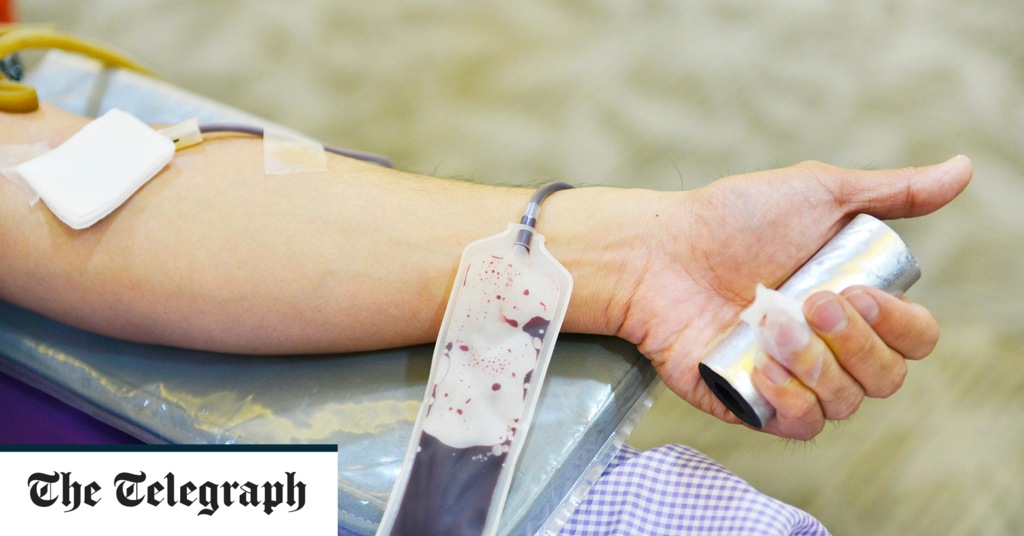Blood
Brain haemorrhages can be passed on by blood donors
A major study by the Karolinska Institute in Sweden found that patients who received blood from donors who later suffered brain haemorrhages, were more than twice as likely to suffer a brain haemorrhage themselves.
Experts believe the blood of some people may contain a sticky protein called amyloid beta, which could accumulate along the tiny blood vessels of the brain, triggering a condition known as cerebral amyloid angiopathy (CAA).
Cerebral amyloid angiopathy is a known cause of spontaneous brain haemorrhages, which have a death rate of around 50 per cent.
The researchers looked at more than one million patients from Sweden and Denmark who had red blood cell transfusions between 1970 and 2017.
Those who had blood from someone who later had multiple haemorrhages had around four per risk of a haemorrhage within 30 years, compared to less than two per cent for everyone else.
Very low risk
However, researchers said the number of donors who suffered recurring brain haemorrhages was only 0.1 per cent, suggesting the risk from transfusions was still very low.
“Blood transfusions are relatively common, which makes possible negative effects an important public health issue,” said Dr Gustaf Edgren, a researcher at the department of medicine, Karolinska Institute.
“However, in this case, it’s very unlikely that you’d suffer a brain haemorrhage from something transmitted through a transfusion.”
Previous studies have shown that cerebral amyloid angiopathy can be transferred between individuals through neurosurgery.
In 2018, University College London found that four adults who had brain surgery when young had a build up of amyloid in their brains, which may have been passed on by contaminated surgical equipment.
The Swedish researchers now plan to study samples from the Danish Blood Donor Study biobank to see if they can find the misfolded proteins that they suspect are responsible.
Screen donors
If they can spot the amyloid early enough they could screen out donors carrying it, and protect people receiving transfusions.
Dr Jingcheng Zhao, also of the Karolinska Institute, said: “We are working on setting up a study where we can assess potential biomarkers.”
A wide variety of organisms, including bacteria, viruses, prions, and parasites can be transmitted through blood transfusions, and NHS scandals have seen HIV and hepatitis passed on in contaminated blood.
David Werring, professor of clinical neurology at University College London said there were a number of reasons to be cautious about the research. “The number of outcome events was small, limiting statistical power and precision,” he said.
“Blood transfusion recipients may not be representative of the general spontaneous ICH population as they will likely have had blood transfusion for an underlying condition or procedure [like diseases associated with anaemia, trauma, or had surgery].
He added: “Nevertheless, these hypothesis-generating data should stimulate further research into possible transmissible factors associated with cerebral CAA.”

